Winner of the 2021 WLA Awards – Award of Excellence in the Built Large category
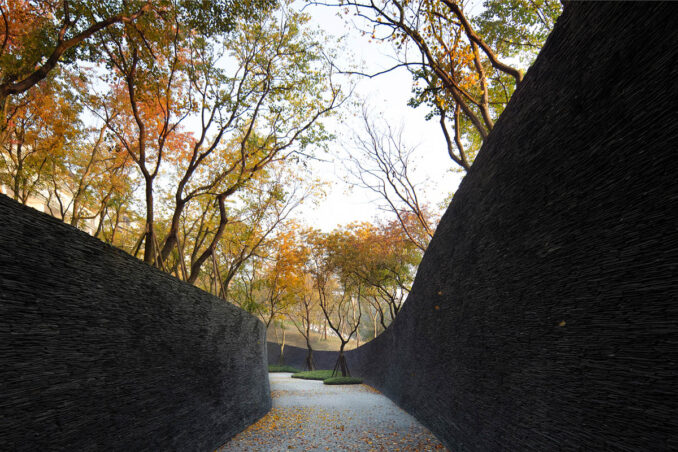
Valley Forest is a rare urban oasis within the river basin, that redefines previously damaged nature, and sees residents’ lives intertwine with brand new yet pristine nature. It’s only now we experience space, time, and humanity across the restored and original nature, prompting us to consider city vs nature, and art vs life.
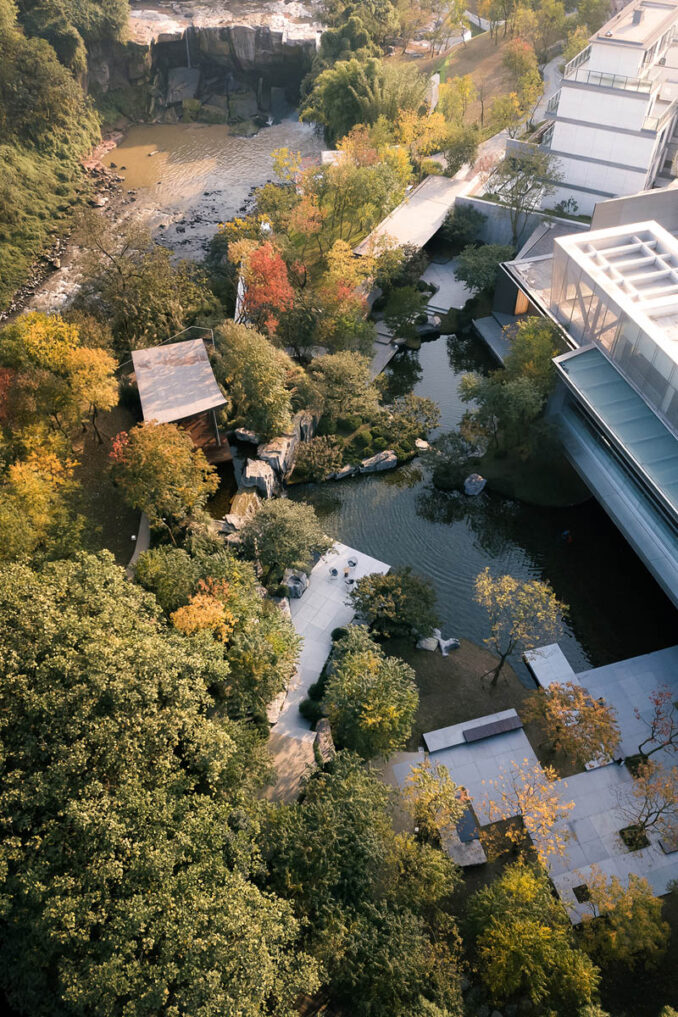
Basic Information
Chongqing is a megacity of 30 million people. Its rapid urbanization often faces the consequences of ecosystem damage and cultural destruction, but we only call for restoration of nature after damage is done. Valley Forest is the first phase of the river side park, part of the Chongqing Cultural Tourism Town. The 2-hectare project has a narrow strip shape, with a length of about 450 meters and width of about 40 meters. It has an elevation of 7-10 meters from the river. The western part of the area has an 8-meter deep ditch dug for pipe laying, as if a deep scar on the land surface, cutting the connection between the city and the river. The northern part of the area retained its natural status relatively well, with trees, grasses, rock faces, river beach, and waterfalls.
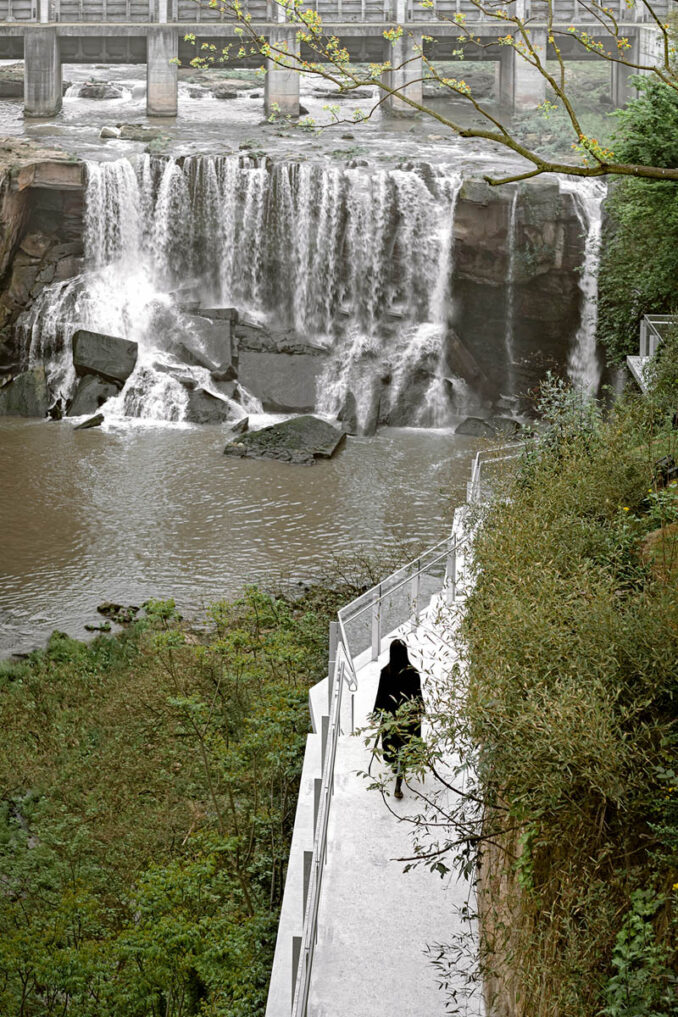
Vision and Challenge
Valley Forest is only part of the river-side park, but the damaged earth mixed with relatively well-retained nature underline a common starting point of modern city construction. We hope the execution of the first phase would provide a modern field model for other river-side parks, and inspire thinking around nature-based city development.
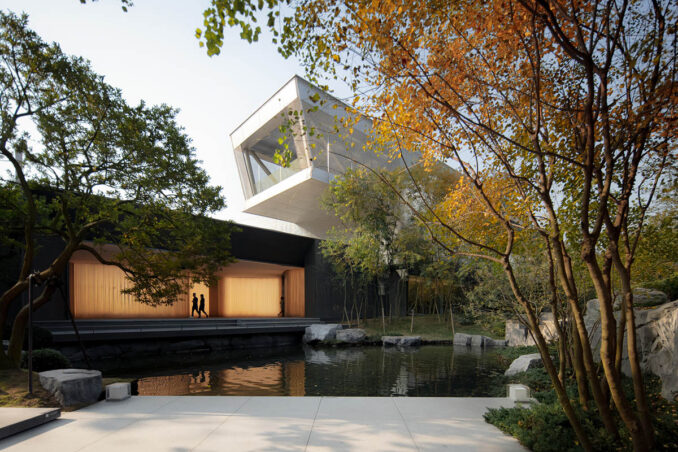
Nature Restored
The deep ditch in the western part of the strip is something designers had to work with. They managed to fit a natural valley along the flowing river, along the ditch. Human activities are covered by this piece of forest. The valley ends towards a rock patch, though the sound of nature (of the waterfall)that we look for points to a cavern hidden in the forest. The connection point serves as a gathering point and arts centre for surrounding residents, as well as a place to think and reminisce.
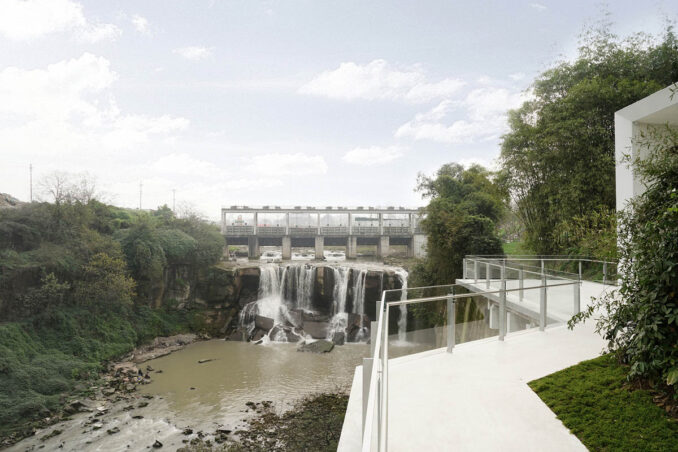
Pristine Nature
Exit of the cavern has been ingeniously situated at the best viewing point of the waterfall. After the sensory enjoyment of the sound of the waterfall, the art of water, and the experience of the narrow cave pathway, the natural waterfall appears with strong visual and air impact, elevating a surreal experience. A light passage blends with the cliff, forming part of the landscape. Waterfall, rock faces, woods, vines, and the river beaches materialise a liberating symphony of natural elements.
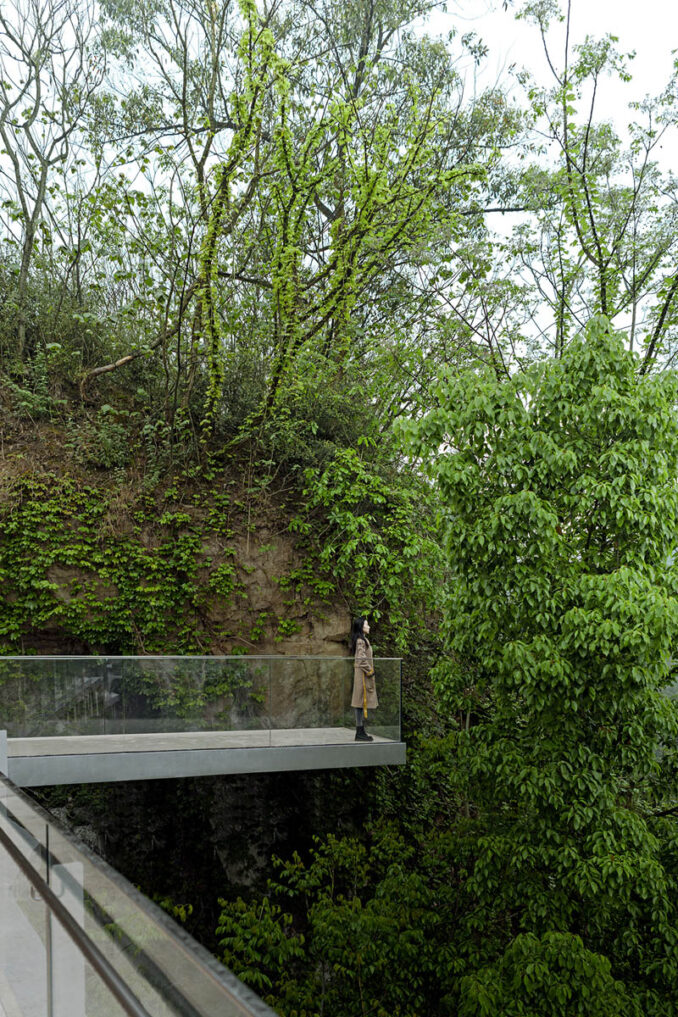
Life Returned
People look to redefine relationship with nature. Designers look for that resonation when they keep fine-tuning their works. The valley converges into a vertical line at the turning, serving as the connection between the Park and the Poetic Habitat residential area. Climbing the stairs brings us to the cluster of simplistic modern architecture concealed behind the woods. Radiance of the metals and glasses on the buildings is reflected by the lake in front. This is actually the back of the valley – after rounds and turns we trace to the origin. To witness mountain and waterfalls at the end of the cavern, is perhaps the idealistic life we are looking to return to. The park brings experience of rebuilding nature, to nature itself, and finally life in nature, which enables people to sense space, time, humanity, and inner voices when traversing through different parts of the park.
Tradition and Modernity
The park is unapologetically modern, yet its spatial design conveys oriental lifestyle, atmosphere, and spirit, by demonstrating the sustainability of implementing tradition gardening techniques in modern city space. Chinese gardening emphasises the harmony of people and nature. The design team infused the tradition ways of layering of rocks and designing of water spaces into this project, together with the contrasts of empty and full, and hidden and exposed, as a realization of what modern Chinese landscaping is about.
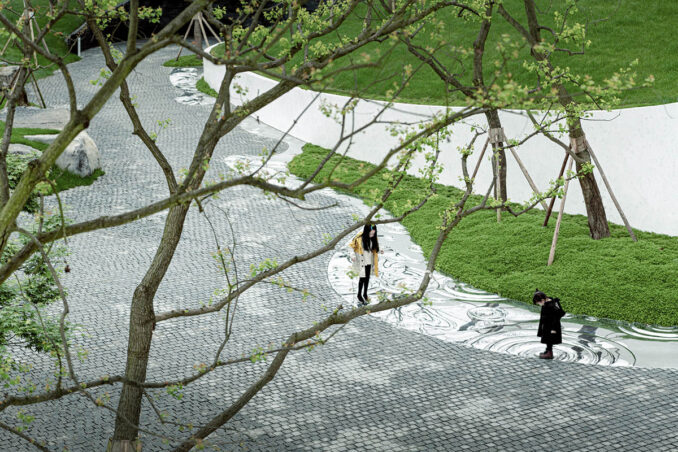
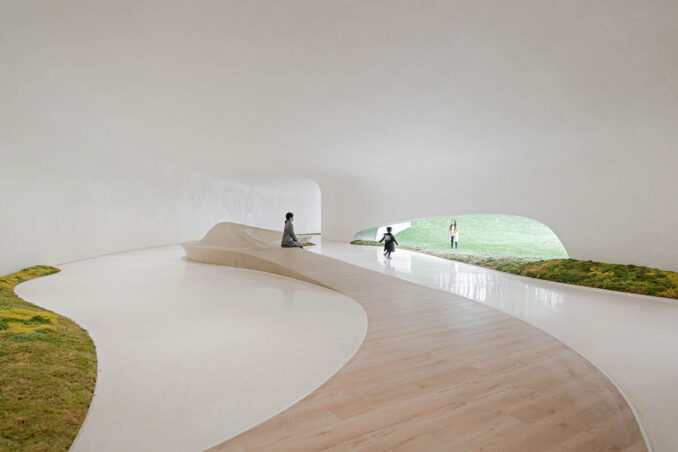

Sustainable Design
The construction of the park took advantage of locally sourced materials and plants, especially nature-based rocks. The design team explored and tested new environmentally friendly materials – recycling waste rocks from demolition, crushing and re-bonding them to become highly flexible construction materials. The valley walls at the Nature Restored segment of the park used this material, giving it new life. Designers limited new floras brought onsite to Chinese tallow tree, camphor, bamboo, Chinese silvergrass, and ferns – all native to the area, hence extending its original ecosystem and restoring its beautiful scenery.
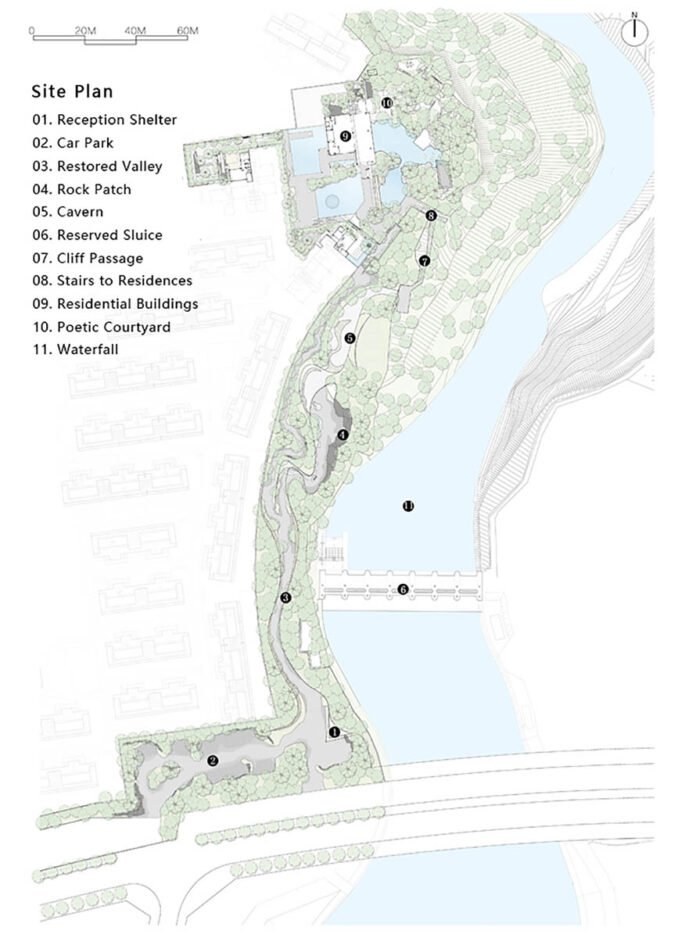
Valley Forest | Chongqing, China | Change Studio
Landscape Design: Change Studio
Client: SUNAC Chongqing
Landscape Execution: Toqi
Architecture Design: Goa
Structure Design: AAD
Photographer: Ning Wang & holi
